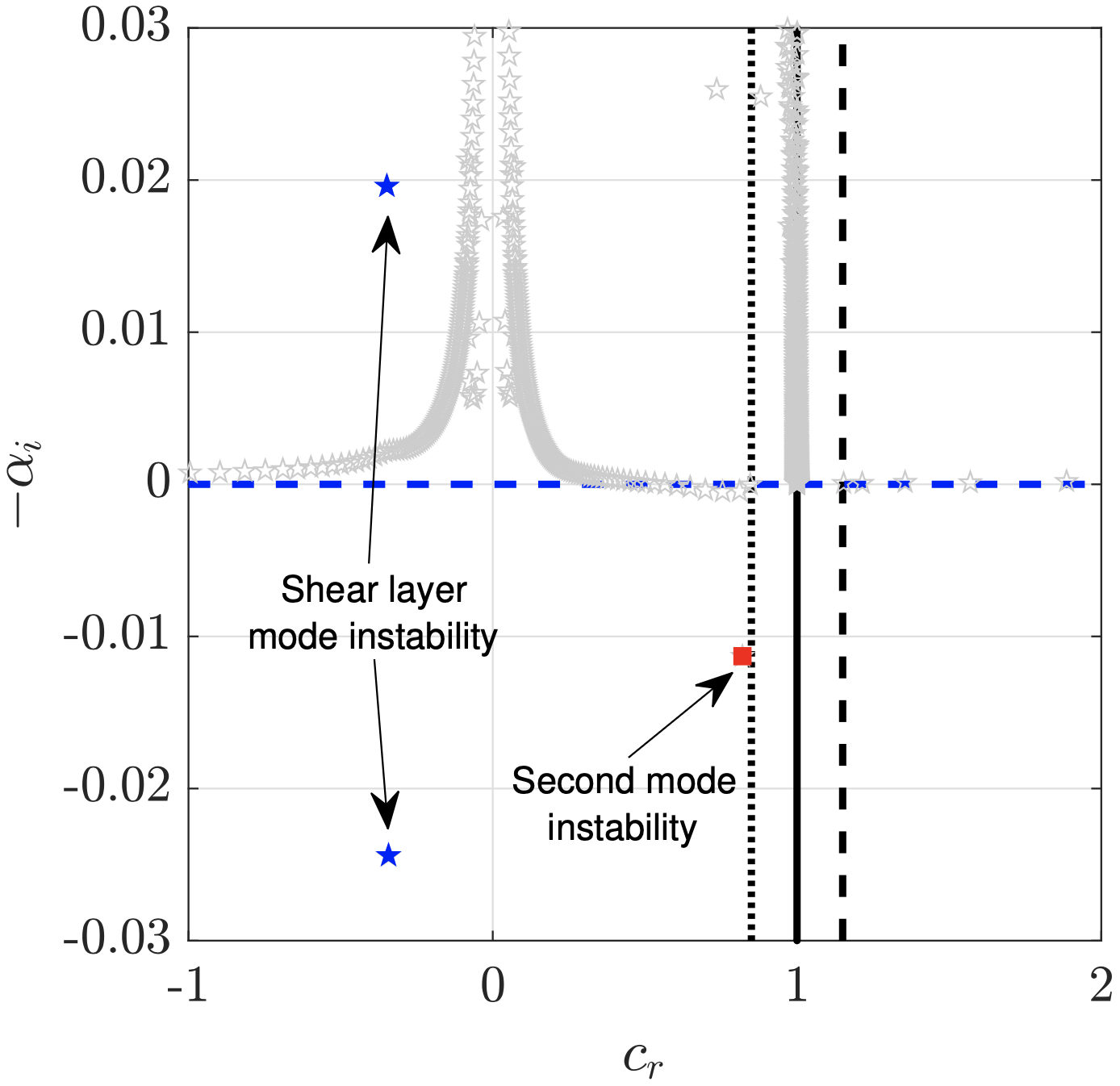Published: Jan 15, 2024 by Daning Huang
 |
 |
At the AIAA SciTech 2024 conference, we contributed six papers over a range of research fields, with our collaborators. Here are the summaries:
Operator-Theoretic Methods for Reduced-Order Modeling
Dr. Huang and Dr. Yi Wang co-organized a special session “Operator-Theoretic Methods for Reduced-Order Modeling in Structural Dynamics and Aeroelasticity” that focuses on the application of Koopman theory to nonlinear structural dynamics and aeroelasticity. In this session, we contributed two papers:
Parametrized Global Linearization Models for Flutter Prediction
- Jiwoo Song, Yin Yu, Daning Huang
- We provided an initial development of a rigorous framework for globally linearizing nonlinear flutter dynamics using the so-called Koopman Bilinear Form, and show that using partial measurements of pre-flutter dynamics one can construct a dynamical model, bilinear in system parameter, to predict the onset of flutter. Demonstrated on a high-speed panel flutter problem.
- Here are the slides for this paper.
Residual Dynamic Mode Decomposition with Control for Nonlinear Aeroservoelastic Applications
- Jacob C. Rains, Daning Huang, Yi Wang
- In parallel to the parametric model above, we also explore flutter dynamics with bilinear inputs, aiming to produce a unified, relatively simple yet accurate model for the flutter suppression in a wide range of flow conditions.
Physics-Infused Reduced-Order Modeling
Development of Weak-Form Physics-Infused Reduced-Order Modeling With Applications
- Carlos Vargas Venegas, Daning Huang
- We continue to work on the PIROM, in an attempt to resolve the Impossible Trinity of Modeling. The PIROM requires learning a differential equation from data, which can pose numerical challenge in training. We proposed and demonstrated a weak-form formulation for accelerated learning of such models.
- Here are the slides for this paper.
High-Speed Fluid-Thermal-Structural Interaction
- Aravinth Sadagopan, Daning Huang
- This is the sequel to our work on the high-fidelity analysis of the CSR geometry in hypersonic flow. This time we reveal the key physical mechanism for shear layer oscillation, via linear stability analysis, that is the main driving force of FTSI in the case that we consider.
- Here are the slides for this paper.
- Elliot Kimmel, Daning Huang, Vansh Sharma, Jagmohan Singh, Venkatramanan Raman, Peretz P. Friedmann
- This is a major collaborative effort between Penn State and UMich. We focus on the shock wave/boundary layer interaction over a compression ramp in hypersonic flow, and explore the key physics that may impact the structural response during the FTSI. In short, in the case that we explored, not necessarily all complex flow features, esp. the turbulence, impact the structure.
Advanced Air Mobility
A Convex Approach to High-fidelity Landing Trajectory Optimization for Advanced Air Mobility
- Yufei Wu, Sabrullah Deniz, Zhenbo Wang, Daning Huang
- With our collaborators from U. of Tennessee, Knoxville, we continued the previous studies that couple higher-fidelity ODE-based aerodynamic models into trajectory optimization during landing. We develop a convexification technique to make the more complex optimization, with the ODE aero model, possible, producing more realistic trajectories for landing. This could be leveraged for real-time deployment for safer landing.